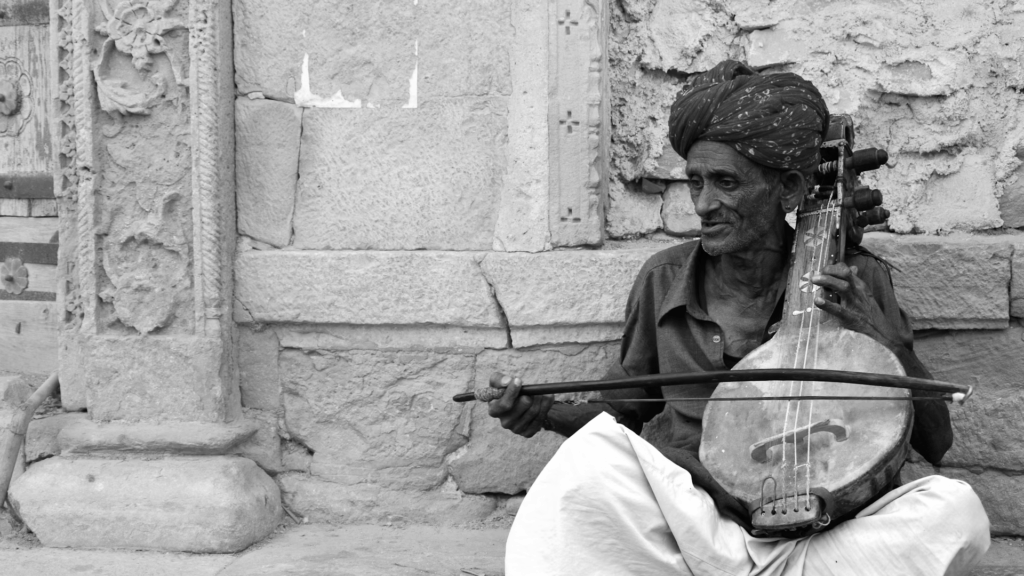
Dive into India’s Rich Sonic Heritage with These Timeless Sounds
India’s musical history is woven from the strings of sitars, the rhythms of tablas, and the haunting resonance of instruments like the sarangi and bansuri. These instruments don’t just create music—they tell stories of regions, cultures, and centuries-old traditions. In an era where electronic beats dominate playlists, there’s a resurging global curiosity about the unique textures of Indian instruments.
Why Traditional Indian Instruments Still Matter
Traditional Indian instruments are more than heritage artifacts—they’re still deeply relevant today:
- Used in modern film scores, indie fusion, and live performances
- Encourage meditative, spiritual, and emotional expression
- Offer complex tonalities not often found in Western instruments
- Integral to understanding Indian classical music theory and performance
Key Traditional Indian Instruments You Should Know
1. Sitar
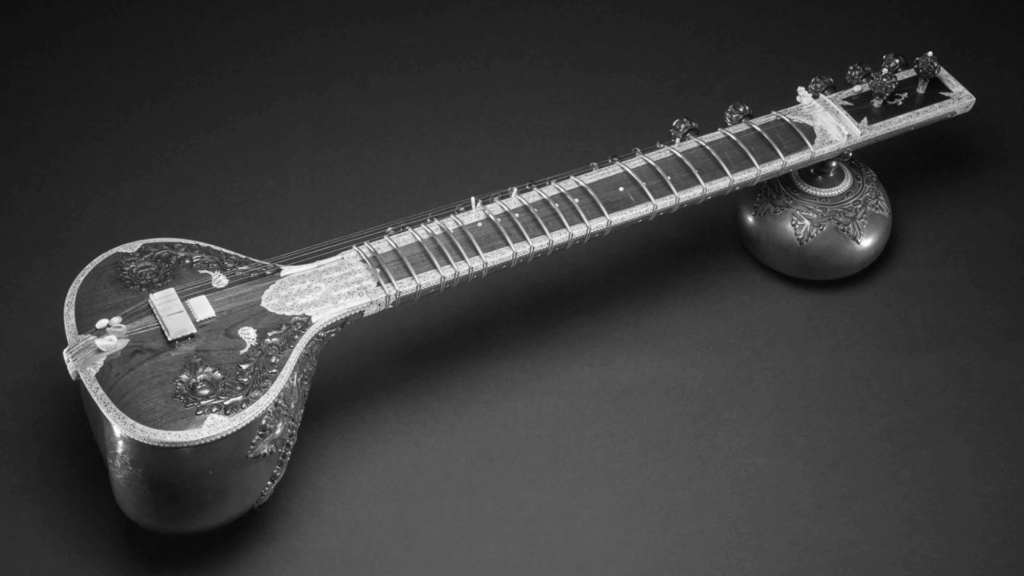
With its long neck and gourd body, the sitar is iconic. Used in Hindustani classical music, its sympathetic strings create a shimmering drone that’s enchanted audiences globally.
2. Tabla
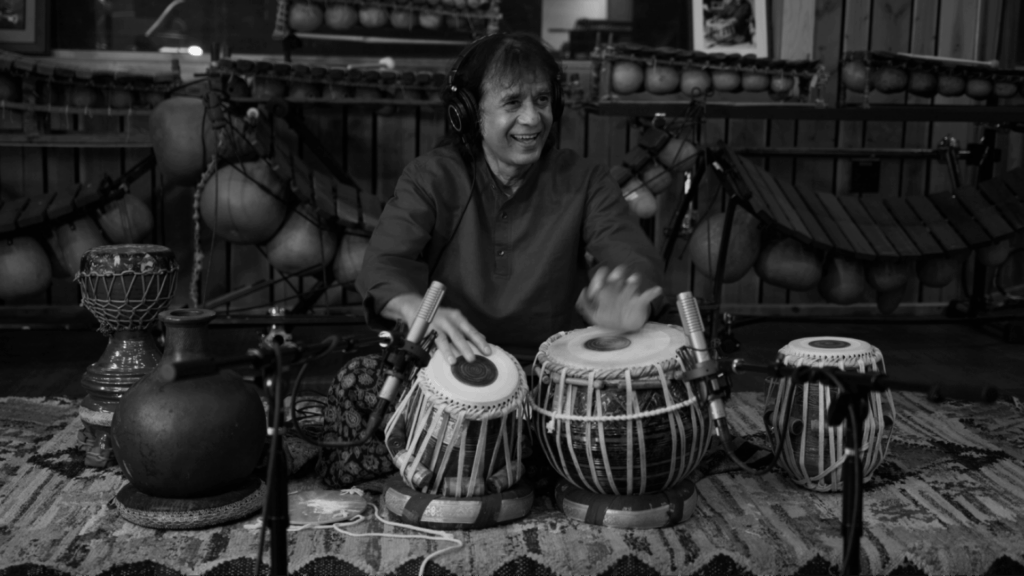
The heartbeat of North Indian rhythm, the tabla consists of two drums and is played with a variety of finger and palm techniques to create intricate patterns.
3. Sarangi
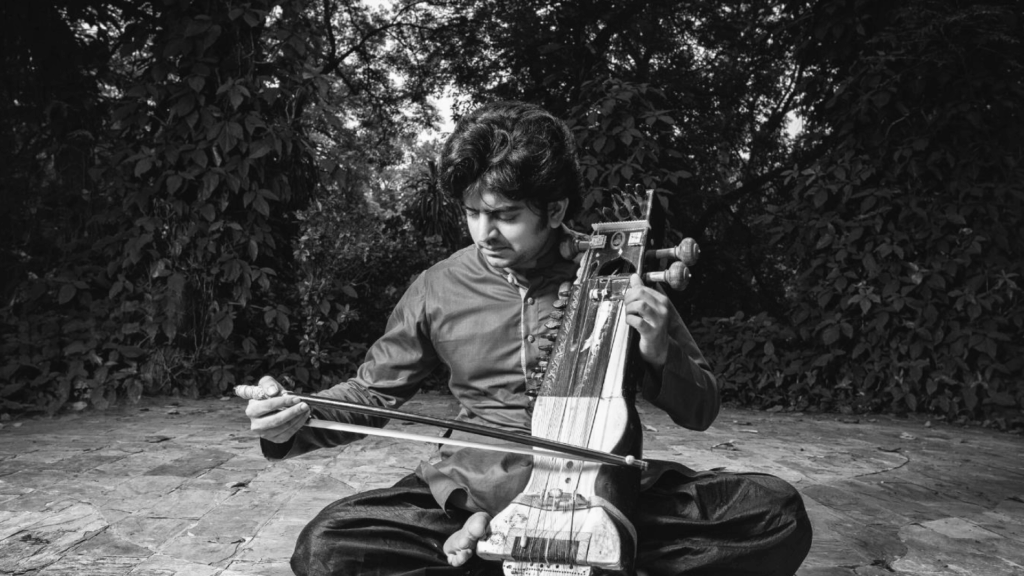
Often said to be the closest sound to the human voice, the sarangi is a bowed instrument deeply expressive and traditionally used to accompany vocalists.
4. Veena
One of the oldest Indian instruments, particularly associated with Carnatic music. It’s known for its deep, rich tonal quality.
5. Bansuri
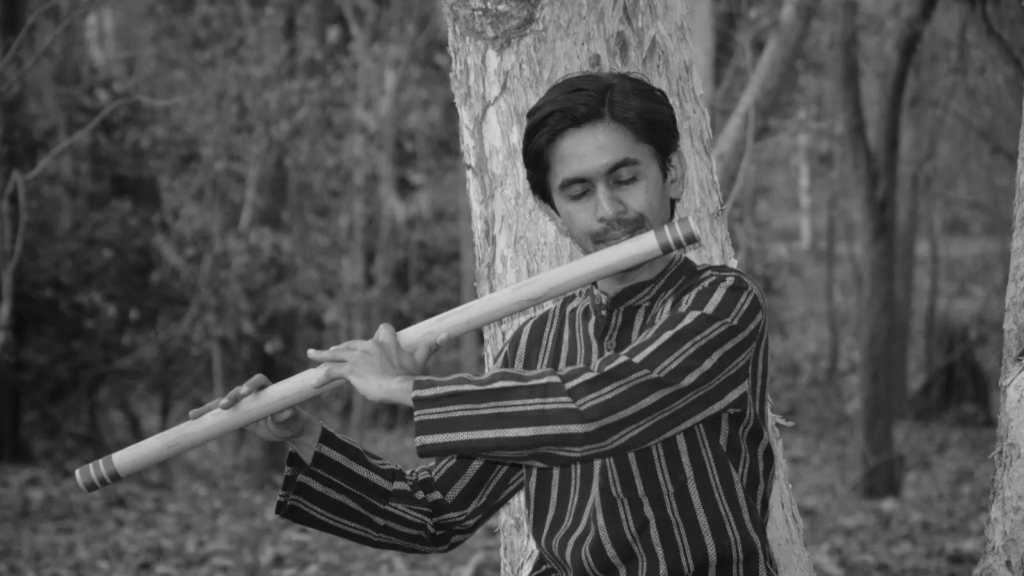
This bamboo flute is known for its purity and breathy tone. It’s central to both folk and classical traditions, often associated with Lord Krishna.
6. Mridangam
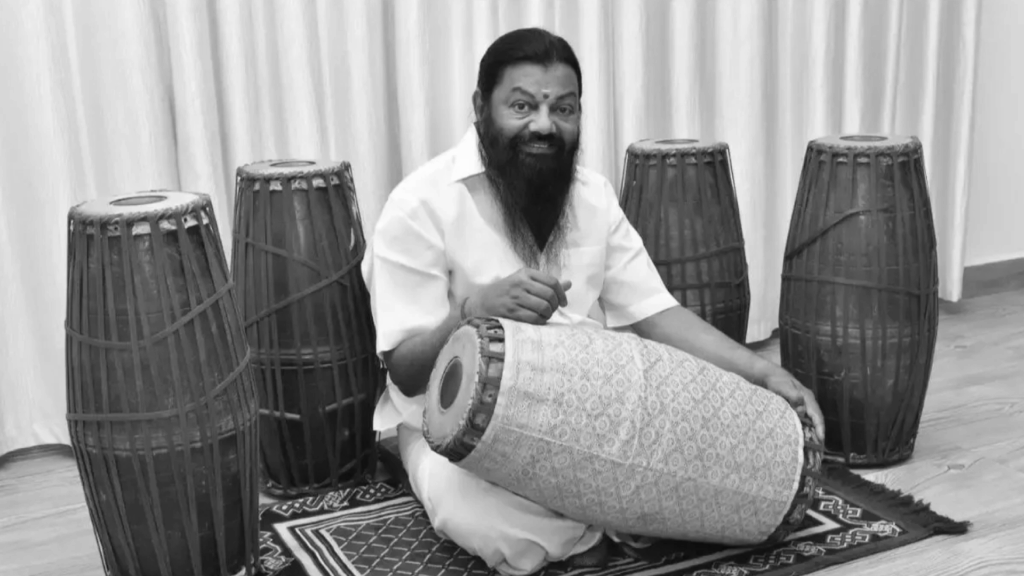
The principal rhythm instrument in Carnatic music, the mridangam is barrel-shaped and played with both hands, creating crisp and resonant rhythms.
7. Santoor
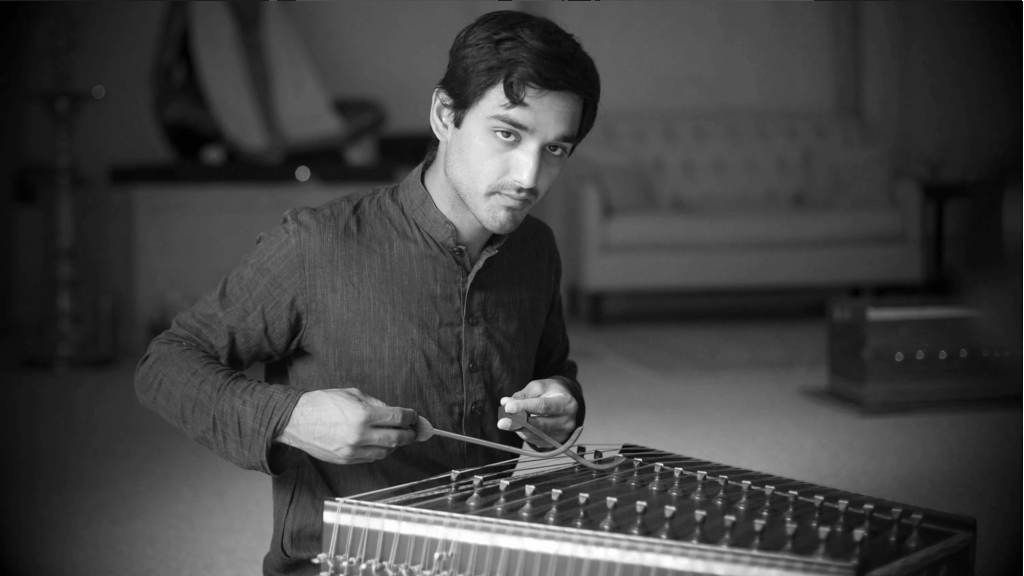
Originating from Kashmir, the santoor is a hammered dulcimer with 100+ strings. It’s played with wooden mallets and offers a celestial, harp-like sound.
8. Shehnai
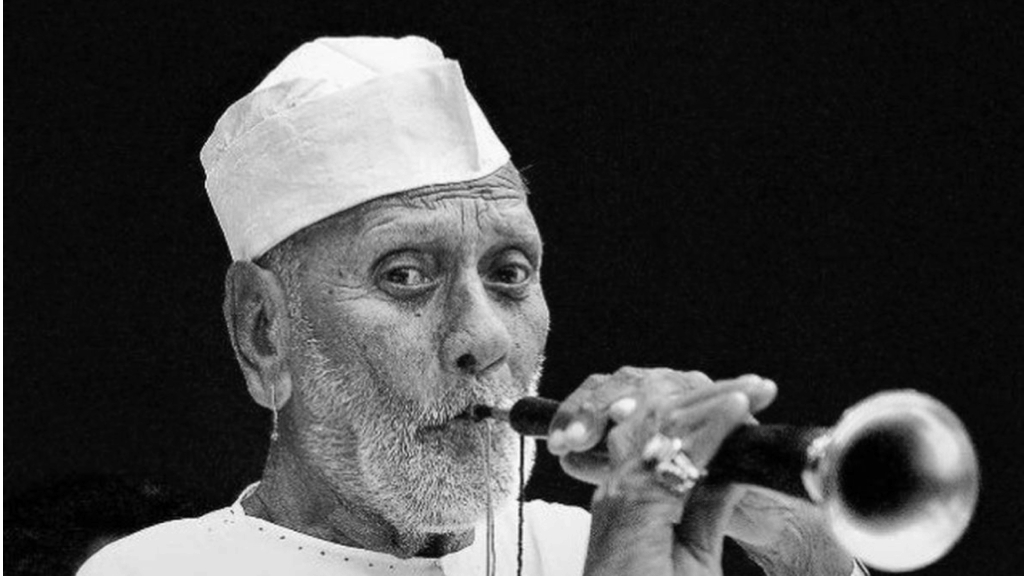
Used in temples and weddings, the shehnai is a reed instrument whose sound is both festive and sacred.
9. Nadaswaram
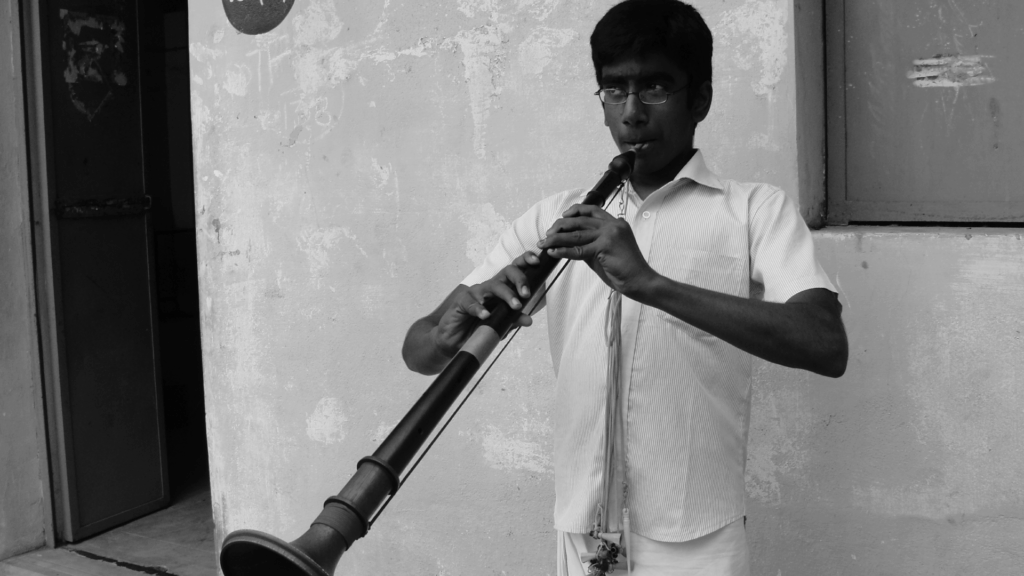
Similar to the shehnai but louder and longer, the nadaswaram is key in South Indian ceremonies and has an incredibly powerful tone.
10. Ektara
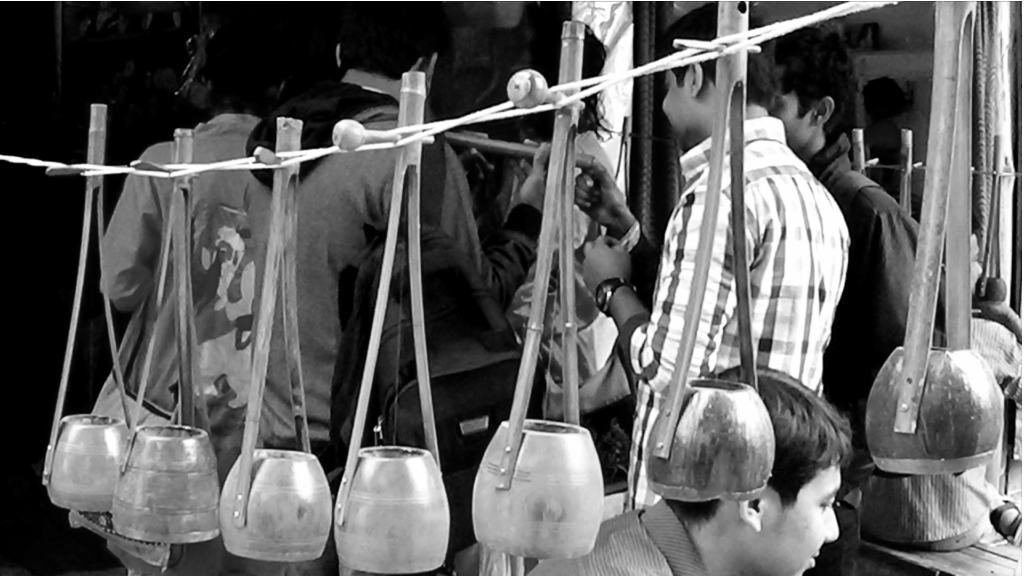
A one-stringed instrument used by wandering minstrels, folk singers, and devotional performers.
Reviving Traditional Instruments in the Modern Era
There’s been a noticeable revival:
- Fusion acts now feature the sarangi or tabla alongside electronic production
- Bollywood and OTT platforms increasingly use traditional instruments for authenticity
- Educational institutions offer certificate and diploma courses in Indian instruments
- YouTube channels and Instagram creators are making ancient music accessible to younger audiences
Where You Can Learn and Experience These Instruments
- Institutions like KM Conservatory, GMI, and Prayag Sangeet Samiti offer structured learning
- Workshops by classical artists in major cities
- Online platforms and masterclasses on 8octaves.org and other music education websites
How 8octaves Can Help You Connect with Traditional Roots
At 8octaves.org, we spotlight India’s musical traditions alongside modern content:
- Artist features and interviews with classical performers
- Courses and tutorials in Indian instruments
- A platform for indie artists combining old and new
- Distribution support for traditional music recordings
Whether you’re an artist, a learner, or an enthusiast—if traditional Indian music speaks to you, we’re your mic to the world.



